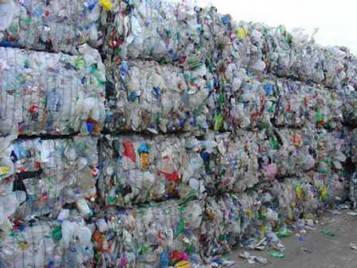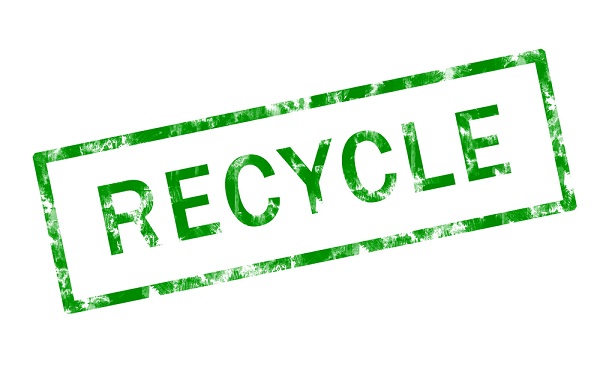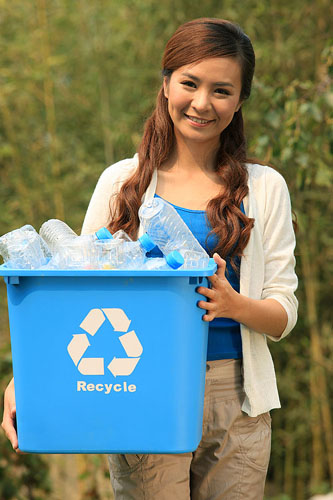A recent study done by universities in Sweden and Australia, show the biggest risks to our planet are not in climate change as is popular beleif, as the levels of risk are still considered in the zone of uncertainty. Instead the critical risks to our planet are being caused by loss of biosphere integrity (the changes we are making to the land) are causing species extinction over 100 times faster than historical norms. The highest risk factors are found in the pollution not in our air, but in our water and soil from biochemical flows primarily nitrogen and phosphorus which are beyond the risk of uncertainty and have moved into the high risk zone. Fertilization use in farming is 8 times higher and the nitrogen levels entering the ocean has quadrupled. They clearly state that “the direct impact upon the land is the most important factor right now, even more than climate change.”
This brings into question the push for bio-based plastics that utilize farmed products such as corn, sugarcane and other crop based materials for plastic production. Is our drive for plant based plastics pushing our planet to the brink of collapse? What if we require all bio-based plastics to be made only with waste materials and not crops? Perhaps we should focus more on the overall environmental impact of materials rather than jump on the bandwagon with anything called “bio-based”?
Click here for a copy of the original study: https://ensoplastics.com/download/2015_Steffen_1259855.pdf




